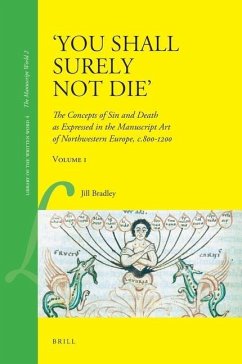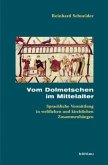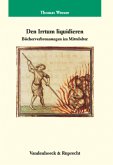The period 800-1200 saw many changes in attitude towards death, sin and salvation. Visual sources can provide a valuable complement to written sources, often modifying or adding another dimension to what scholars and theologians expressed in words. Taking miniatures showing the Fall of Man and those with personifications of death, this study looks at the ideas they express and the relationship between them. It examines both the general tendencies and specific manuscripts, relating them to their contexts and to the writings of the time. This book shows the shifts in ideas as to what constitutes sin, the merging of eschatological death with sin and a new emphasis on physical death, thereby giving new insights into medieval thought and culture.
"Bradley's book is highly original" . Katja Ritari, University of Helsinki. In: Mirator 10:1/2009, p. 96-98.
"Bradley's extremely thorough investigation prioritises the important symbiosis between text, image and society and, in so doing, yields a wealth of fresh insight into medieval attitudes toward sin and death" . Natalie Jones, University of Leicester. In: Peer English , Issue 4, p. 130-133.
"Bradley's extremely thorough investigation prioritises the important symbiosis between text, image and society and, in so doing, yields a wealth of fresh insight into medieval attitudes toward sin and death" . Natalie Jones, University of Leicester. In: Peer English , Issue 4, p. 130-133.








